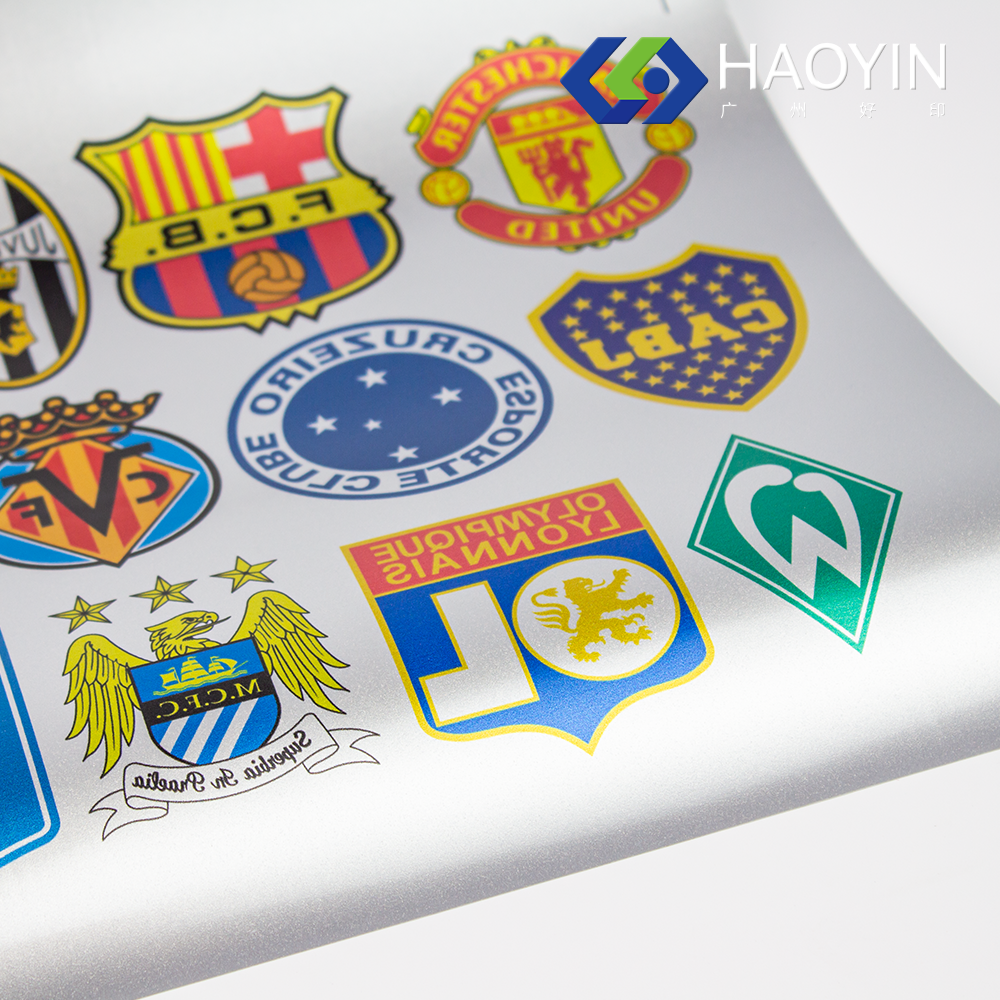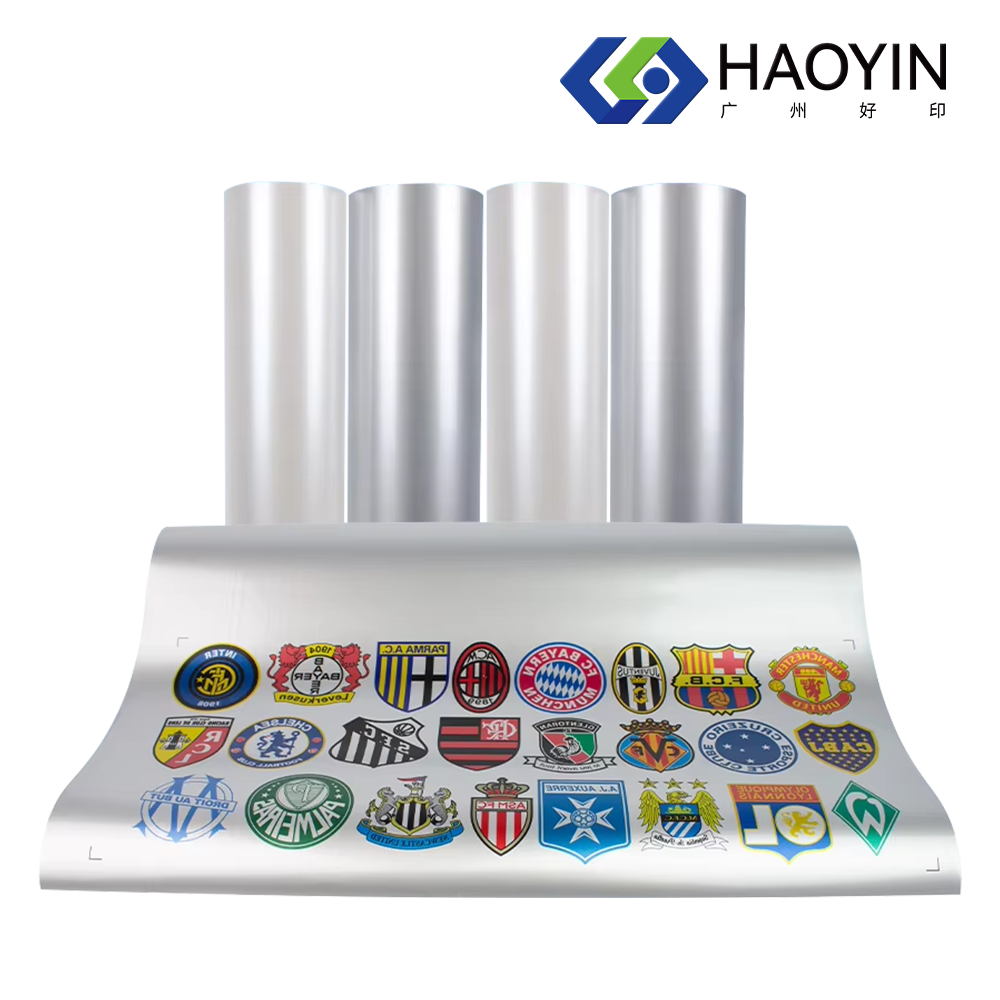Understanding the Fundamental Differences Between Vinyl Materials
In the dynamic world of manufacturing and design, the choice between printable vinyl and regular vinyl can significantly impact your final product's quality and success. These two materials, while similar in name, serve distinctly different purposes and offer unique advantages for specific applications. As manufacturers continuously seek the most effective materials for their projects, understanding the nuances between these vinyl types becomes crucial for making informed decisions.
The manufacturing industry has witnessed a remarkable evolution in vinyl technology over the past decade. From simple adhesive materials to sophisticated printing surfaces, the capabilities of modern vinyl have expanded dramatically. This transformation has opened new possibilities for customization and application, while simultaneously making the selection process more complex for manufacturers.
Key Characteristics of Printable Vinyl Materials
Surface Treatment and Ink Reception
Printable vinyl features a specially engineered surface coating that allows for optimal ink adhesion and image reproduction. This coating is designed to prevent ink from beading or spreading, ensuring crisp, clear prints with vibrant colors. The surface treatment also helps protect the printed design from environmental factors, extending the lifespan of the final product.
The quality of print reproduction depends heavily on the specific type of printable vinyl selected. Premium grades offer enhanced color gamut and superior detail retention, while economy options might sacrifice some image quality for cost-effectiveness. Manufacturers must consider these variations when selecting materials for different applications.
Durability and Environmental Resistance
Modern printable vinyl formulations incorporate UV inhibitors and weather-resistant compounds that protect both the base material and printed designs. This protection is essential for outdoor applications where exposure to sunlight, rain, and temperature fluctuations can degrade traditional materials. High-quality printable vinyl can maintain color integrity and adhesion for several years, even in challenging environments.
The durability factor extends beyond weather resistance to include chemical and abrasion resistance. Manufacturers should evaluate the specific environmental challenges their products will face and select vinyl grades accordingly. Some premium printable vinyl options offer enhanced resistance to chemicals, scratches, and cleaning agents.

Regular Vinyl Properties and Applications
Material Composition and Flexibility
Regular vinyl, also known as cast or calendered vinyl, is manufactured through different processes that influence its physical properties. Cast vinyl typically offers superior conformability and dimensional stability, making it ideal for complex surface applications. The material's molecular structure allows it to maintain its shape while providing excellent flexibility for wrapping around curves and corners.
The thickness and plasticizer content of regular vinyl can be adjusted during manufacturing to achieve specific performance characteristics. This versatility allows manufacturers to select materials that perfectly match their application requirements, from rigid signage to flexible wrapping materials.
Cost-Effectiveness and Production Efficiency
Regular vinyl often presents a more economical choice for applications that don't require custom printing. The simplified manufacturing process and lower material costs make it an attractive option for large-scale production runs. Additionally, regular vinyl typically requires fewer processing steps, potentially reducing production time and labor costs.
When evaluating cost-effectiveness, manufacturers should consider the entire lifecycle of the product, including installation time, maintenance requirements, and expected service life. Regular vinyl's durability and ease of application can often offset its initial cost through reduced maintenance and replacement needs.
Making the Right Selection for Your Manufacturing Process
Technical Considerations and Equipment Requirements
The choice between printable and regular vinyl often depends on your existing manufacturing infrastructure. Printable vinyl requires specific printing equipment and expertise, while regular vinyl may be processed using simpler cutting and application tools. Understanding your technical capabilities and limitations is crucial for making an informed decision.
Consider the compatibility of your current printing systems with different vinyl types. Some printable vinyl materials work best with specific ink types or printing technologies. Similarly, evaluate whether your cutting and finishing equipment can handle the selected material effectively.
Long-term Performance and Customer Satisfaction
The ultimate success of your product depends on meeting or exceeding customer expectations for both appearance and durability. Printable vinyl offers unmatched customization potential but may require more careful handling and maintenance. Regular vinyl, while more limited in design options, often provides superior durability and simpler maintenance requirements.
Consider conducting small-scale trials with different materials to evaluate their performance under real-world conditions. This testing can provide valuable insights into material behavior, application challenges, and potential long-term issues before committing to large production runs.
Future Trends and Innovations in Vinyl Manufacturing
Emerging Technologies and Material Improvements
The vinyl manufacturing industry continues to evolve with new technologies and improved formulations. Advanced coating technologies are enhancing the printability and durability of vinyl materials, while eco-friendly alternatives are being developed to meet growing sustainability demands. Staying informed about these innovations can help manufacturers maintain a competitive edge.
Smart materials and interactive vinyl products are emerging as potential game-changers in the industry. These innovations include vinyl materials with enhanced digital integration capabilities and improved environmental performance characteristics.
Sustainability and Environmental Considerations
Environmental concerns are driving significant changes in vinyl manufacturing. Both printable and regular vinyl products are being developed with increased recycled content and improved recyclability. Manufacturers must consider these environmental factors when selecting materials, as they increasingly influence customer preferences and regulatory requirements.
The industry is witnessing a shift toward water-based adhesives and eco-friendly printing solutions that reduce environmental impact while maintaining performance standards. These developments are creating new opportunities for manufacturers to differentiate their products in the market.
Frequently Asked Questions
How long does printable vinyl typically last compared to regular vinyl?
The lifespan of printable vinyl typically ranges from 3-5 years outdoors, while regular vinyl can last 5-7 years or more, depending on the quality grade and environmental conditions. Indoor applications for both types can last significantly longer, often exceeding 10 years with proper care and maintenance.
What are the minimum equipment requirements for working with printable vinyl?
To work with printable vinyl, you'll need a compatible digital printer (eco-solvent, solvent, UV, or latex), proper cutting equipment, and climate-controlled storage facilities. Additionally, color management software and proper handling tools are essential for achieving professional results.
Can regular vinyl be modified to accept printing later?
While regular vinyl cannot be directly converted to printable vinyl, some manufacturers offer special primers or treatments that can improve ink adhesion. However, these solutions typically don't match the quality and durability of purpose-made printable vinyl and are generally not recommended for professional applications.



